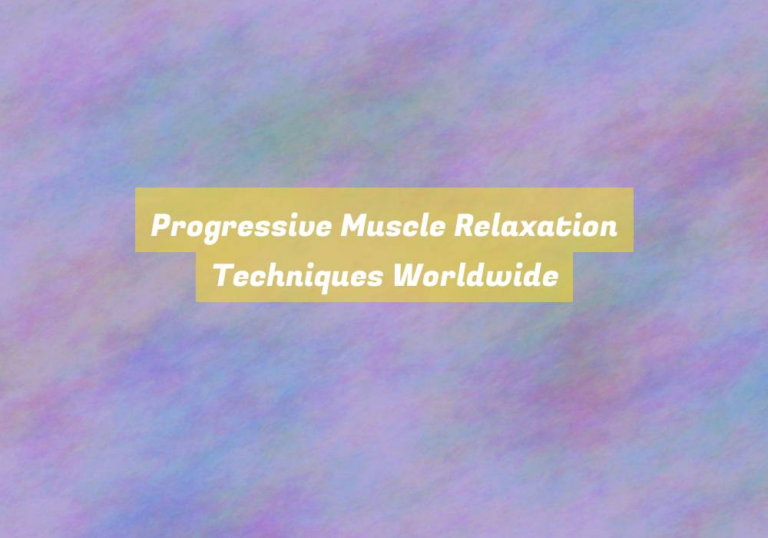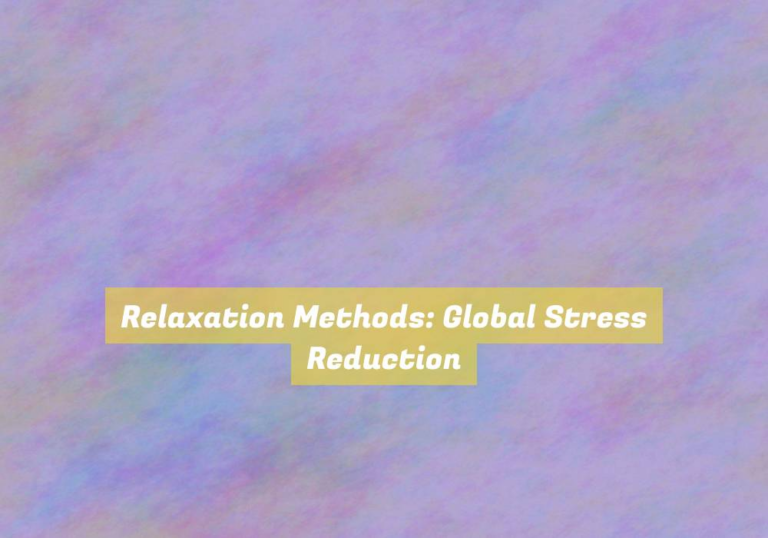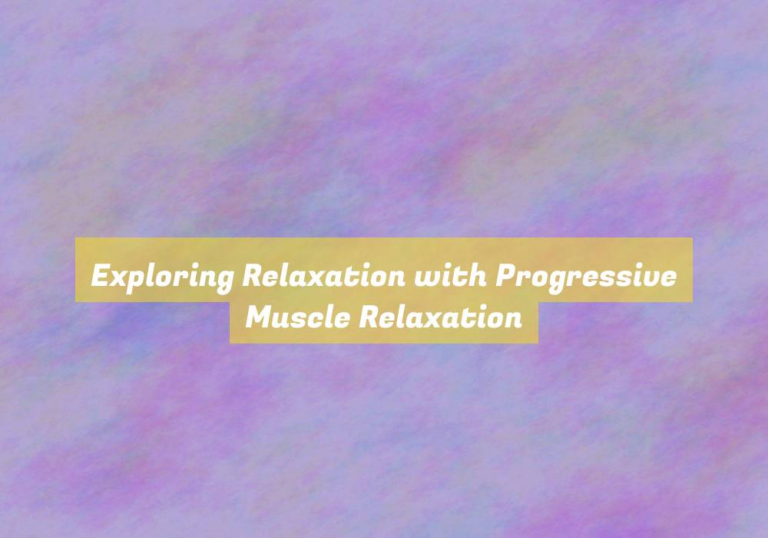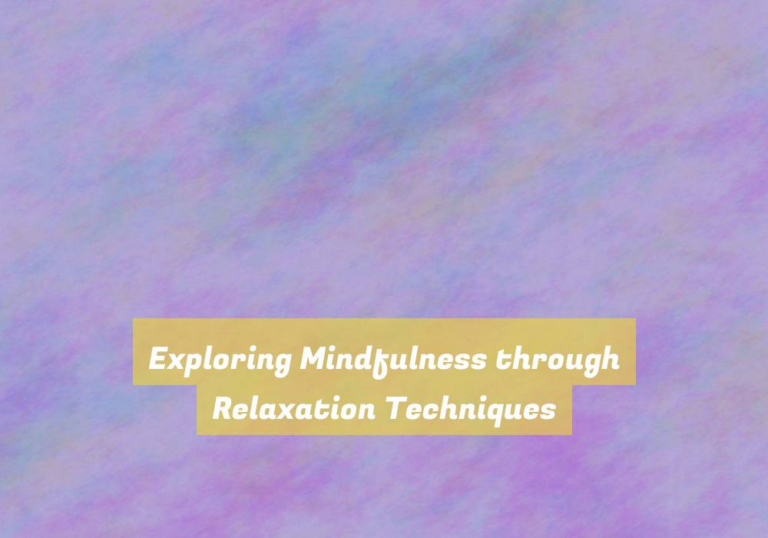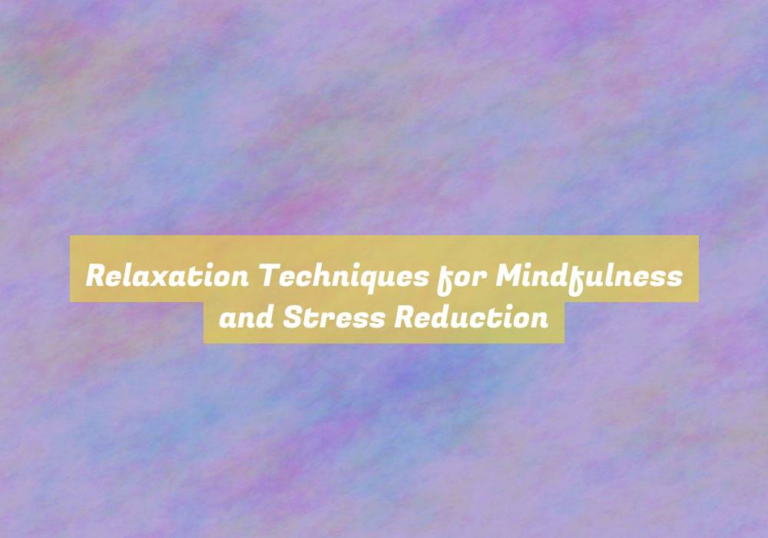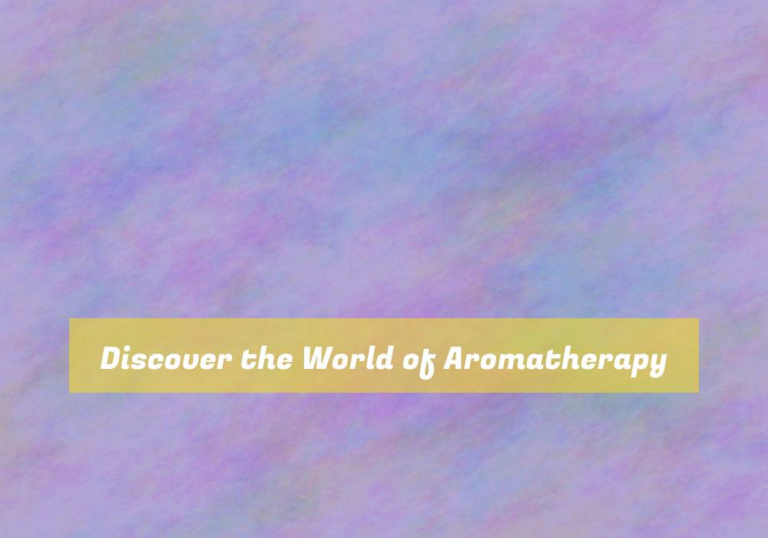Aromatherapy for Relaxation: Global Practices
Have you ever wondered if aromatherapy practices for relaxation are truly universal across different cultures?
The use of essential oils and aromatic compounds for their therapeutic benefits has been a part of human history for centuries, but the specific techniques and traditions vary widely around the world.
From the ancient civilizations of Egypt and China to the indigenous cultures of Australia and the Americas, each region has its own unique approach to harnessing the power of scents for relaxation and well-being.
ItG??s fascinating to explore how these global practices have evolved and continue to be incorporated into modern lifestyles, offering a diverse array of methods for finding tranquility and inner peace.
Aromatherapy in Ancient Cultures
How did ancient cultures incorporate aromatherapy into their daily lives and rituals?
Well, they seamlessly integrated aromatic plants and essential oils into various aspects of their existence. In ancient Egypt, for instance, aromatherapy played a crucial role in religious ceremonies, medical treatments, and the embalming process. The Egyptians used essential oils like frankincense, myrrh, and cedarwood for their healing properties and as offerings to their deities.
Similarly, in ancient China, aromatic plants were burnt as incense during religious rituals and to ward off negative energy. The Greeks and Romans also embraced aromatherapy, utilizing fragrant oils for massages, bathing, and promoting overall well-being.
The use of aromatic herbs and oils extended beyond rituals, with these ancient cultures recognizing and harnessing their therapeutic benefits for physical and emotional healing. These practices reveal the enduring significance of aromatherapy throughout history, as it wasnG??t merely a sensory indulgence, but an integral part of daily life and holistic wellness in ancient civilizations.
Traditional Aromatherapy Practices
Traditional aromatherapy practices involve the use of natural aromatic substances, such as essential oils and herbs, to promote physical and emotional well-being. These practices have been passed down through generations and are deeply rooted in various cultures around the world.
In India, for example, Ayurvedic aromatherapy uses essential oils like sandalwood and jasmine to balance the doshas and promote overall wellness. Similarly, in Chinese traditional medicine, aromatic herbs like ginger and lavender are used to restore the bodyG??s harmony and treat various ailments.
In the Middle East, the use of frankincense and myrrh for their therapeutic properties dates back to ancient times and continues to be an integral part of traditional healing practices. Native American tribes have also long utilized the aromatic properties of sage, cedar, and sweetgrass for purification rituals and spiritual healing.
In Europe, traditional aromatherapy practices often involve the use of lavender, rosemary, and chamomile to alleviate stress, anxiety, and promote relaxation.
These traditional aromatherapy practices highlight the diverse cultural approaches to using natural aromatics for enhancing relaxation and well-being.
Regional Aromatherapy Techniques
Drawing on the rich cultural practices of traditional aromatherapy, regional aromatherapy techniques offer unique approaches to utilizing natural aromatics for relaxation and well-being.
In the Mediterranean region, the use of citrus essential oils such as orange and lemon is prevalent for its uplifting and invigorating properties. Lavender, commonly found in the Provence region of France, is renowned for its calming effects and is often used in aromatherapy practices to promote relaxation and sleep.
In Asia, particularly in countries like Japan and China, the use of floral scents such as cherry blossom and osmanthus is deeply rooted in their cultural practices, known for their ability to evoke tranquility and serenity.
Indigenous communities in Australia have long used eucalyptus oil for its respiratory benefits and as a means to clear the mind. In the Americas, indigenous groups have utilized sage and cedar for their purifying and grounding properties.
Each regionG??s unique climate, flora, and cultural practices have contributed to the development of distinct aromatherapy techniques that continue to be valued for their relaxation and wellness benefits.
Modern Applications of Aromatherapy
In modern practice, aromatherapy has found diverse applications in promoting relaxation and well-being.
One of the most prevalent modern applications of aromatherapy is in spa settings, where essential oils are used in massages, facials, and body treatments to enhance the overall experience and promote relaxation.
Additionally, aromatherapy diffusers have become increasingly popular in homes, offices, and healthcare facilities as a way to create a calming atmosphere and reduce stress.
Aromatherapy is also being integrated into modern medicine, with healthcare providers using essential oils to complement traditional treatments for conditions such as anxiety, depression, and insomnia.
Furthermore, aromatherapy is being utilized in workplace settings to help reduce employee stress and improve overall well-being.
In the realm of mental health, aromatherapy is being incorporated into mindfulness practices and meditation to create a soothing and grounding environment.
Moreover, aromatherapy is finding its way into holistic wellness practices, including yoga and acupuncture, to support relaxation and balance.
Conclusion
So, as you can see, aromatherapy has been used for relaxation in various cultures throughout history. From ancient traditions to modern applications, the use of essential oils and aromatic compounds has been a global practice.
Whether itG??s through diffusing oils, topical application, or inhalation, aromatherapy continues to provide a natural and effective way to promote relaxation and well-being.
So next time you need to unwind, consider incorporating aromatherapy into your self-care routine.


